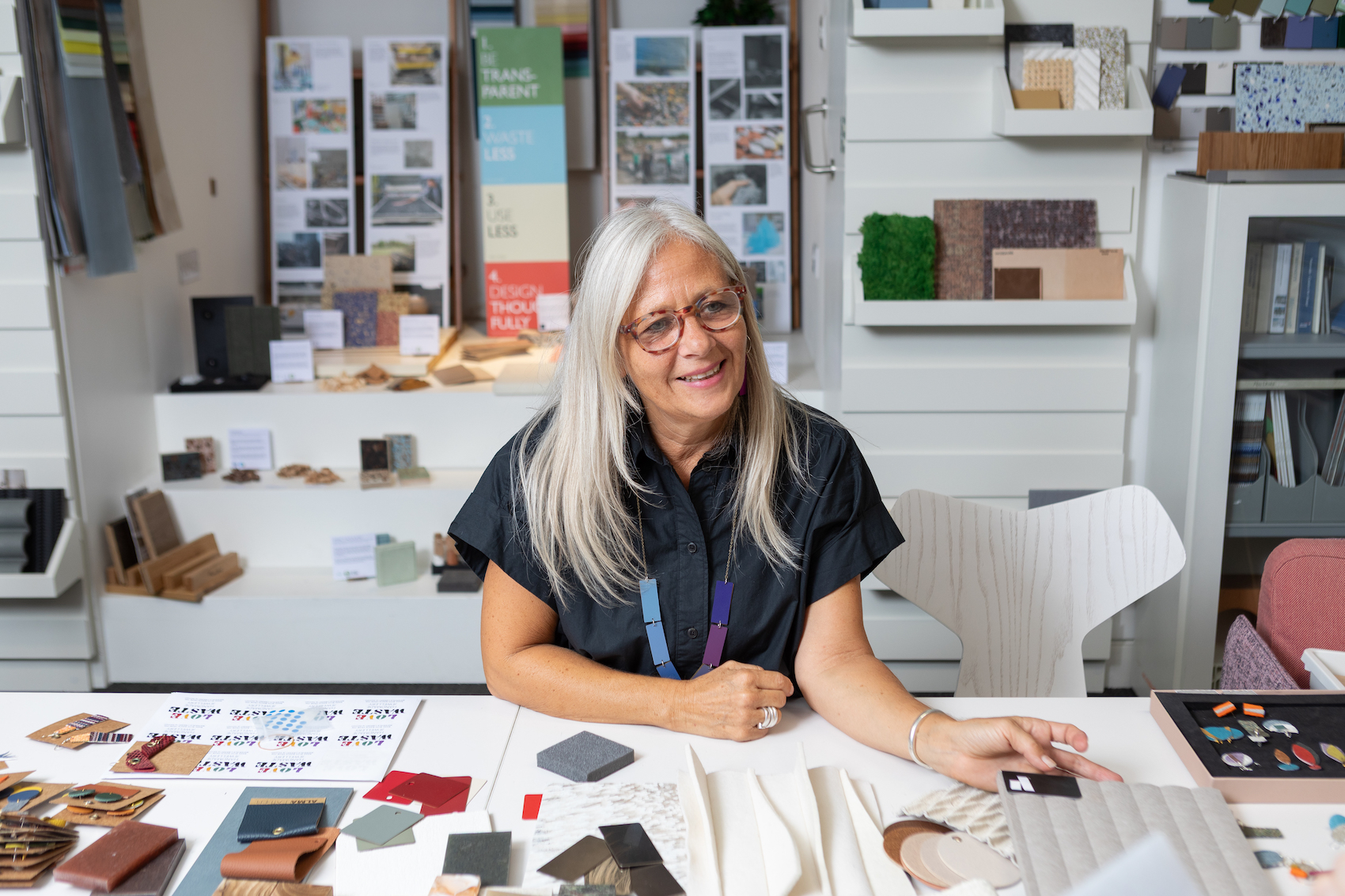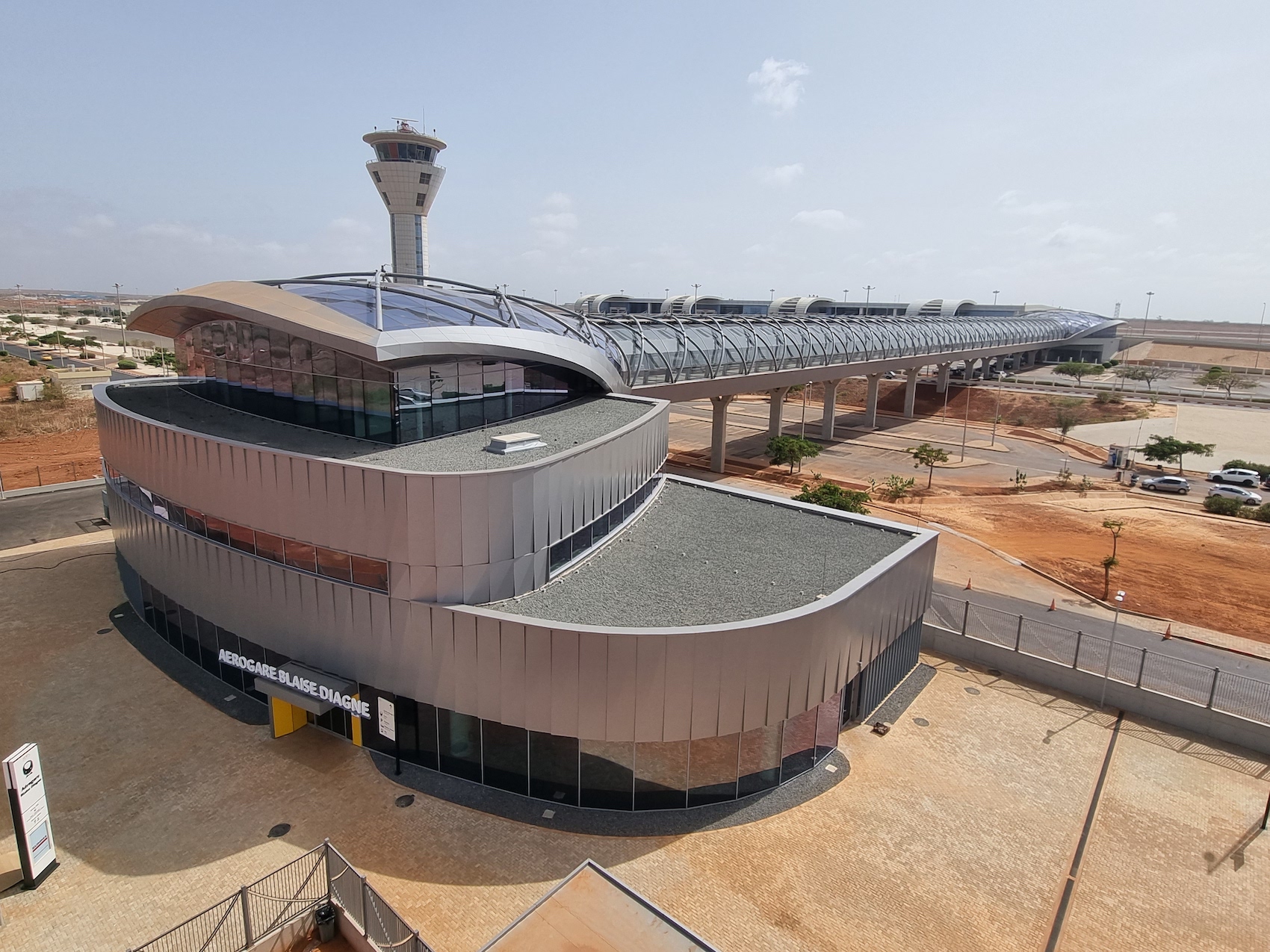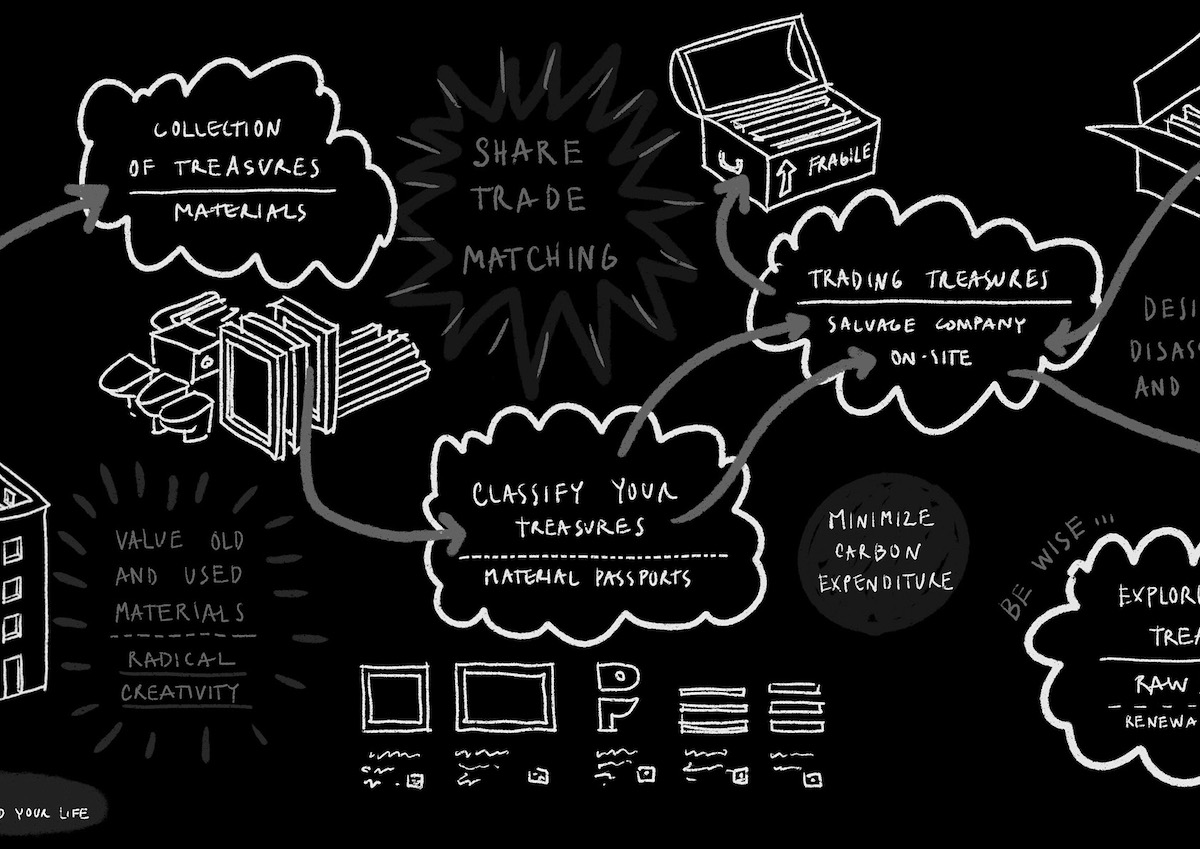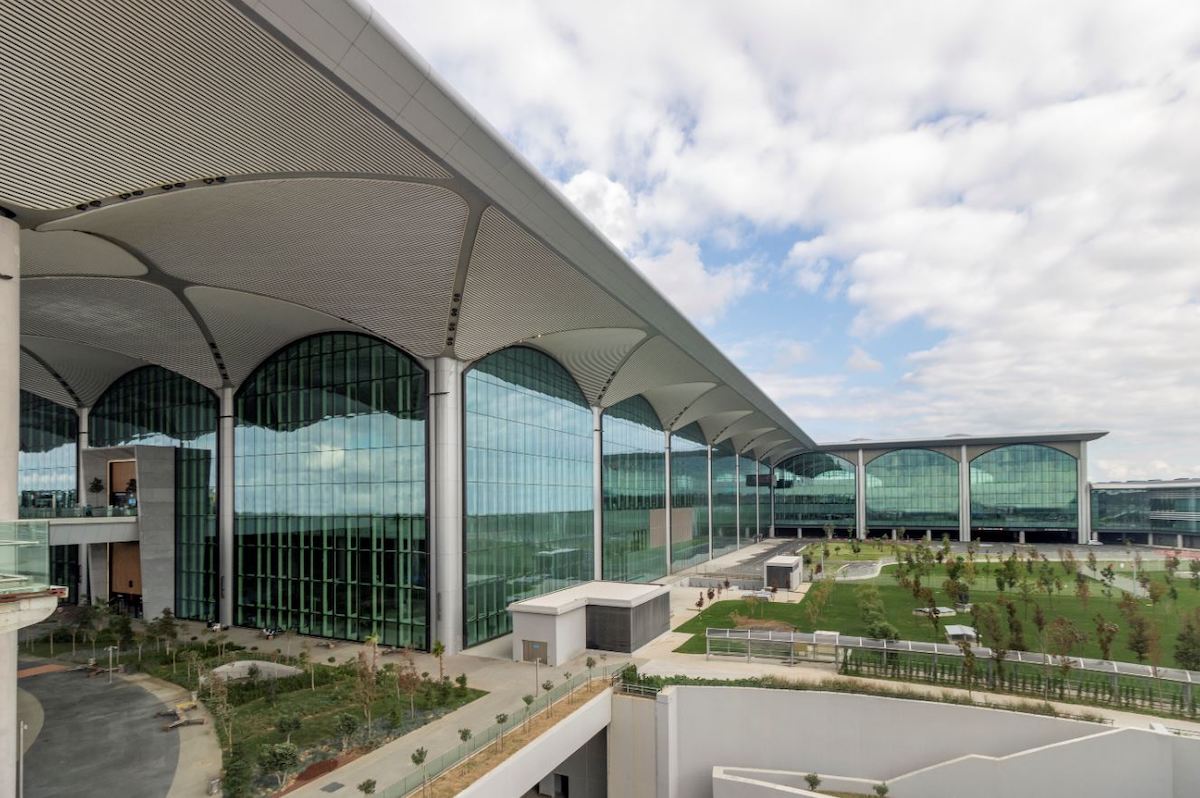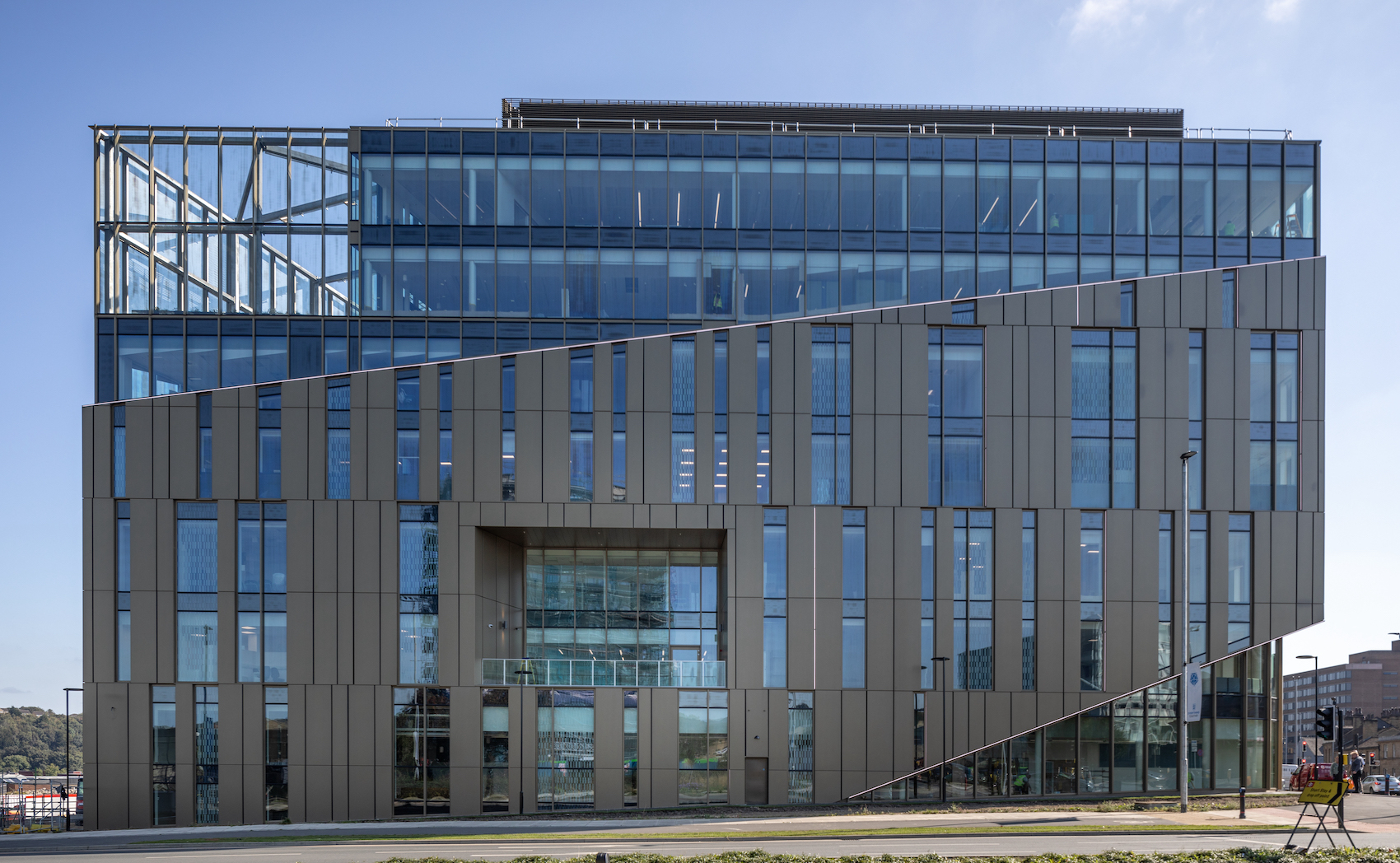Museum of African American History by Freelon Adjaye Bond/SmithGroup
The Smithsonian National Museum of African American History, which opens to the public this month, sits on Washington DC’s Constitution Avenue, adjacent to the National Museum of American History and the Washington Monument, and introduces a distinctly contemporary note to the city’s neoclassical heart. Its competition-winning design by a conglomerate of three architects, Freelon Adjaye Bond/SmithGroup (FAB), with David Adjaye as lead designer, combines references to the building’s architectural context and a “strong conceptual resonance with America’s deep and longstanding African heritage”.
The form of the building was governed by strict height limits, and over half of the museum is below ground – the unseen base to a tripartite ‘classical’ composition.
A glass-walled concourse level forms the shaft, while the upper storeys are based on a three-tiered crown used in Yoruban art, with 17-degree angles that match those of the Washington Monument’s capstone.
This ‘corona’ is also fully glazed, and wrapped in an external veil of angled cast aluminium panels, whose filigree pattern provides solar shading to the interior and alludes to ornamental ironwork made by freed slaves in New Orleans, says Adjaye.
A bronze tint, applied in a bespoke five-part painting process, gives the building a rich, dark lustre, in counterpoint to its pale stone neighbours. (Adjaye’s original intention to make the canted panels from solid bronze had to be reconsidered, primarily to reduce the weight of the cladding).
Vertical circulation is within lofty voids behind the curtain wall on two sides of the square-planned building, whose inner walls are animated by the play of light and shadow created by the intricate brise soleil, while the perforated metalwork also allows views out.
Credits
Architect
Freelon Adjaye Bond/SmithGroup
Structural engineer
Guy Nordeson & Associates, Robert Silman Associates
Mechanical engineer
WSP Flack & Kurtz
Facade consultant
RA Heintges & Associates
Client
Smithsonian Institution








